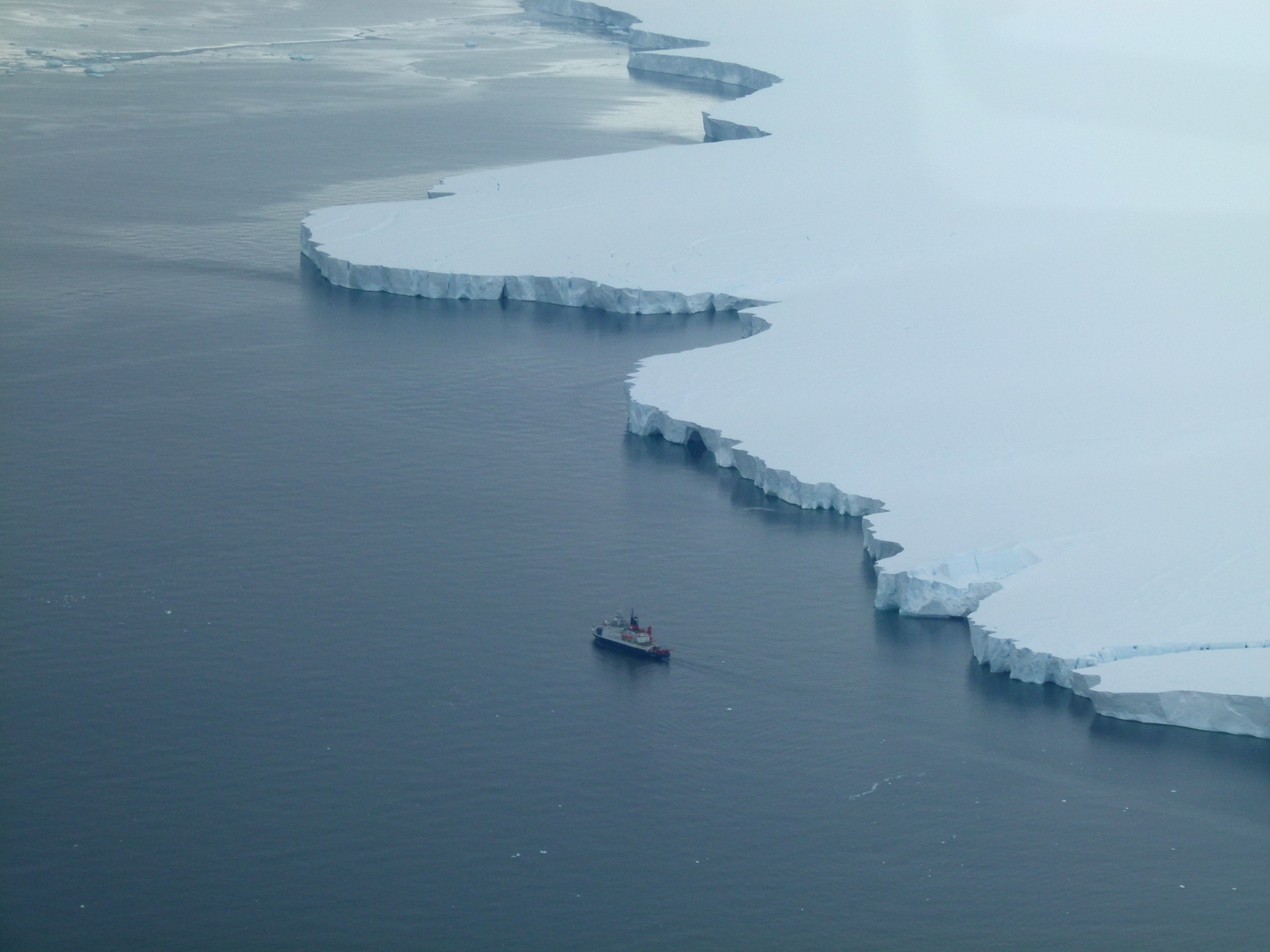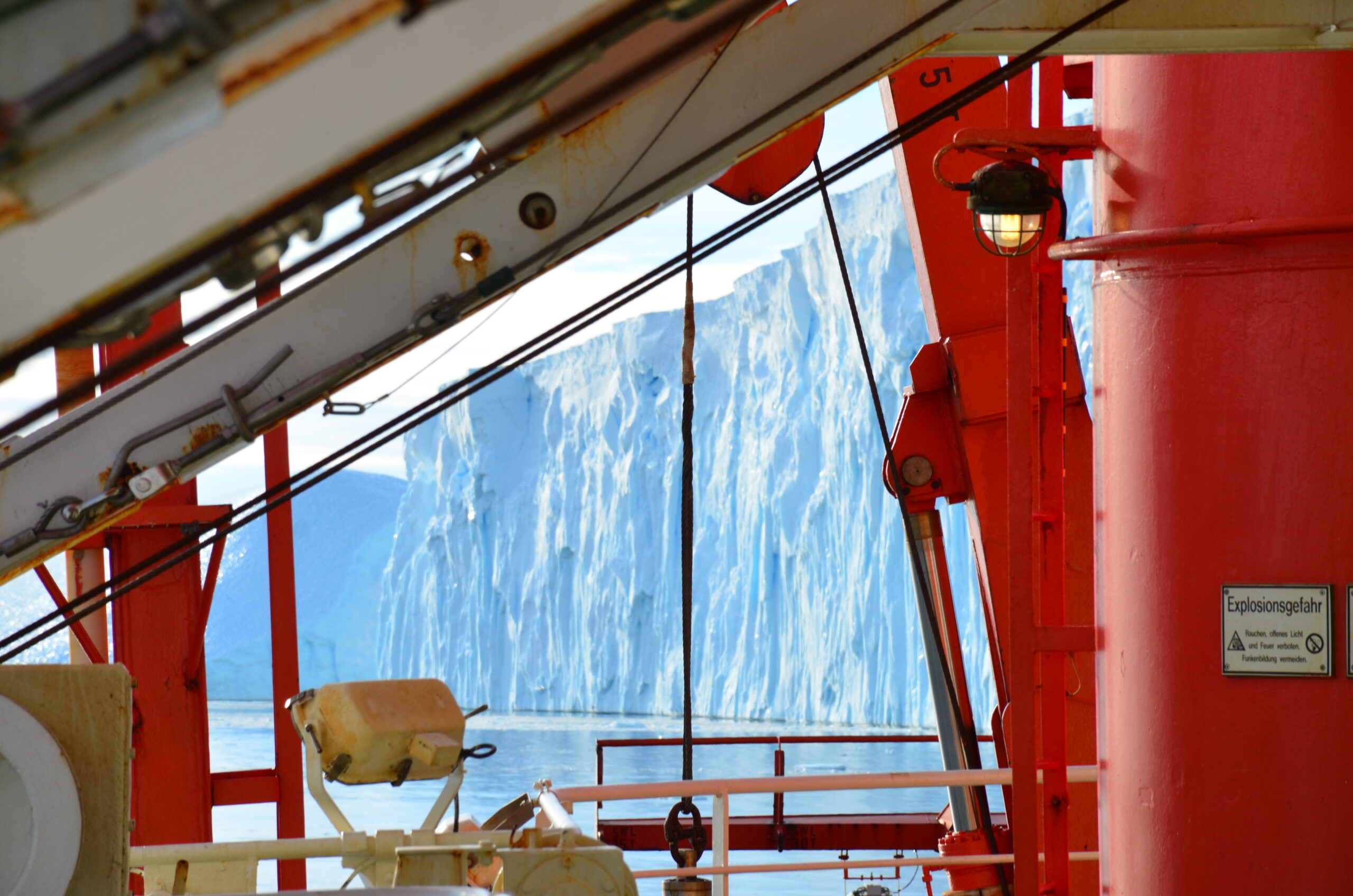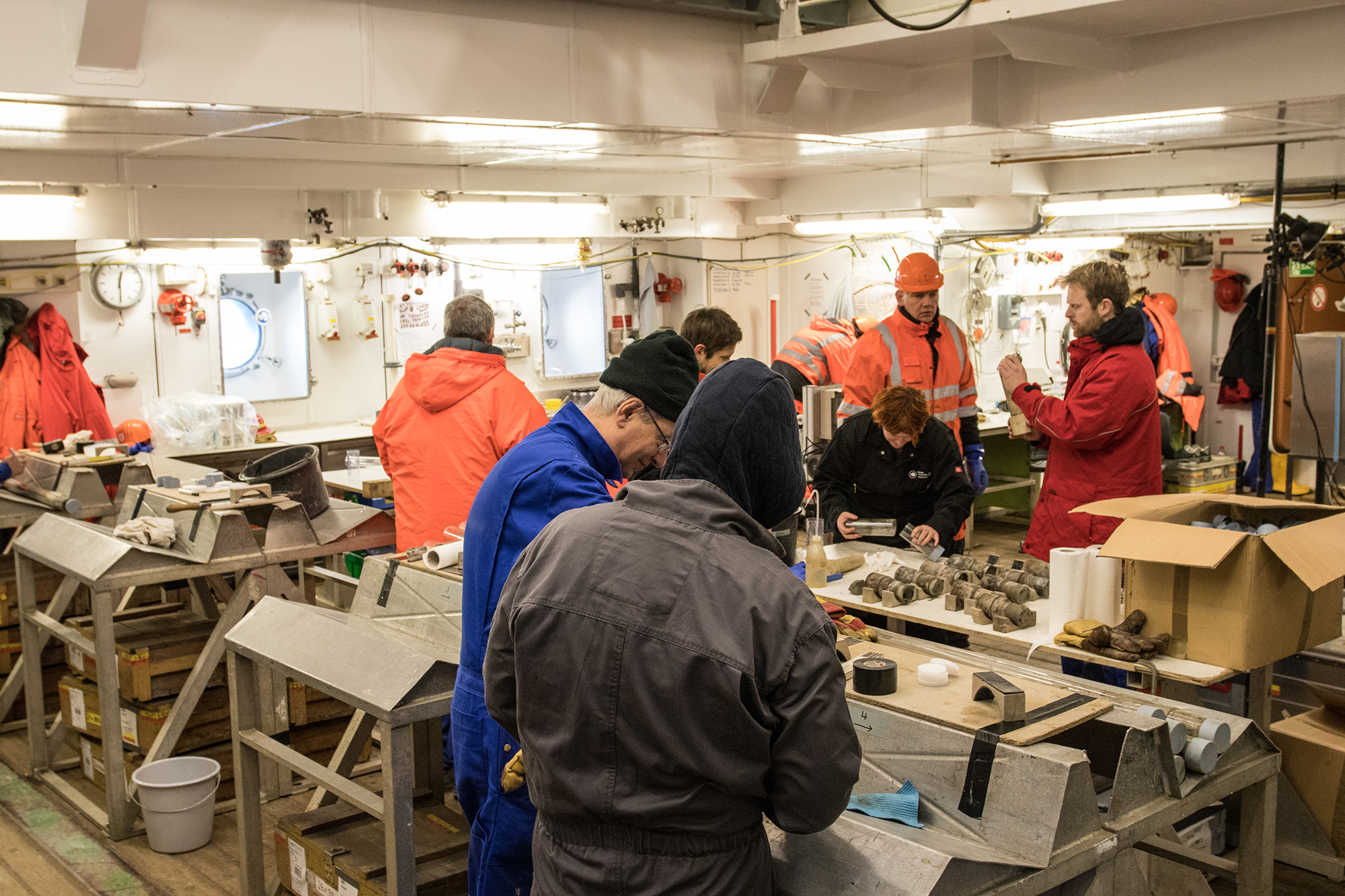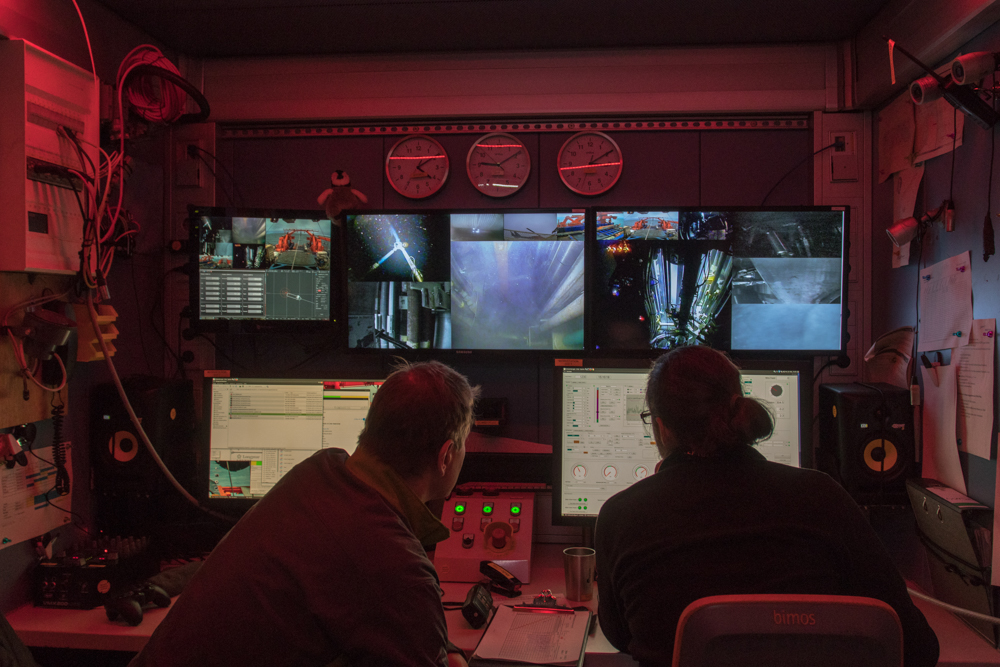The dawn of the Antarctic ice sheets
For the first time, researchers, including from British Antarctic Survey, have combined unique geological samples with sophisticated modelling to provide surprising insights into when and where today’s East and West Antarctic ice sheets formed. The findings are published today in Science.
In recent years, several studies have revealed that the West Antarctic Ice Sheet is melting much faster than was previously thought. Now, an international team led by Germany’s Alfred Wegener Institute Helmholtz Centre for Polar and Marine Research (AWI) and the British Antarctic Survey (BAS) have discovered a potential reason.
The permanent glaciation of Antarctica began around 34 million years ago. However, the precise timings of how, when and where this happened was unknown due to a lack of reliable data and environmental records from the region. This study found that the ice sheet was initially confined to East Antarctica, and it was not until at least seven million years later that ice began to advance towards the West Antarctic coast.

The research team analysed a sediment core recovered from the Amundsen Sea in West Antarctica, offshore from the Pine Island and Thwaites glaciers, with the MeBo70 seafloor drill rig, which was developed at MARUM – Center for Marine Environmental Sciences at the University of Bremen. They discovered that there were no signs of ice being present in this region during the first major phase of Antarctic glaciation.
“This means that a large-scale, permanent first glaciation must have begun somewhere in East Antarctica,” says Dr Johann Klages, geologist at the AWI who led the research team.
West Antarctica remained ice-sheet free during this first glacial maximum, and its land was largely covered by dense broadleaf forests, with a cool-temperate climate – preventing the formation of an ice-sheet there.
Dr Claus-Dieter Hillenbrand, marine geologist at BAS who co-authored the study, explains:
“Computer-based simulations had previously indicated that much of West Antarctica was most likely situated above sea level at around 34 million years ago. However, our unique sediment core, the first environmental record of such age from the Amundsen Sea, revealed a shallow marine setting for this region. Ice sheets use to grow on land first before they spread into the sea.”

To better understand where the first permanent ice formed in Antarctica, AWI palaeoclimate modelers combined the newly available data together with existing data on air and water temperatures and the occurrence of ice.
“The simulation has supported the results of the geologists’ unique core,” says Prof Dr Gerrit Lohmann, paleoclimate modeler at the AWI. “This completely changes what we know about the first Antarctic glaciation.”
According to the study, the basic climatic conditions for the formation of permanent ice only prevailed at the margin of East Antarctica. Here, moist air masses reached the high Transantarctic Mountains – ideal conditions for permanent snow and subsequent formation of ice caps. From there, the ice sheet spread rapidly into the East Antarctic hinterland. However, it took some time before it reached West Antarctica.

“It wasn’t until about seven million years later that conditions allowed for advance of an ice sheet to the West Antarctic coast,” explains Hanna Knahl, a palaeoclimate modeler at the AWI. “Our results clearly show how cold it had to get before the ice could advance to cover West Antarctica that, at that time, was already below sea level in many parts.”
The researchers say this suggests that the East and West Antarctic ice sheets respond differently to external climate drivers. The discovery that the West Antarctic Ice Sheet formed under cooler conditions than previously thought has also implications for its future.
“Even a slight warming is enough to cause the ice in West Antarctica to melt again – and that is exactly where we are right now,” adds Johann Klages.

The findings of the international research team, which also included scientists from Northumbria University, Imperial College London and the University of Southampton, are critical for understanding the extreme climate transition from the greenhouse climate to our current icehouse climate. Importantly, the study also provides new insight that allows climate models to simulate more accurately how permanently glaciated areas the interactions between ice, ocean and atmosphere, influencing our global climate system.
Expedition PS104 with RV “Polarstern”, during which the MeBo drill core was recovered from the Amundsen Sea shelf in 2017, was funded by AWI, MARUM, BAS and the UK-IODP programme of the Natural Environment Research Council (NERC).
Ice sheet-free West Antarctica during peak early Oligocene glaciation by Klages, J.P., Hillenbrand, C.-D., et al is published today in Science.